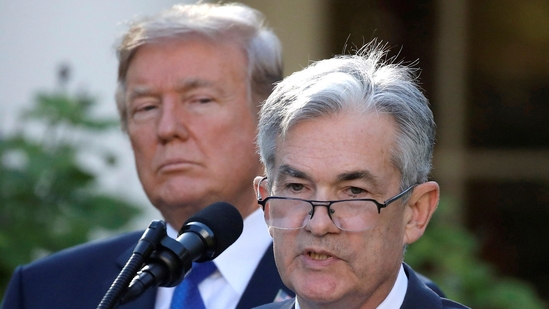Gold prices reached a new all-time high on Tuesday as global markets responded to increasing tensions between former U.S. President Donald Trump and Federal Reserve Chair Jerome Powell. The dollar weakened and stock markets fluctuated amid growing fears over political interference in U.S. monetary policy.
Trump has intensified his criticism of Powell, accusing him of being slow to act and calling for immediate interest rate cuts. Posting on his Truth Social platform, Trump referred to Powell as a “major loser” and “Mr. Too Late.” He also claimed there is “virtually no inflation” in the U.S., pointing to lower energy and food prices, and praised the European Central Bank for cutting rates several times.
His comments follow earlier remarks where he openly suggested that Powell’s removal “cannot come fast enough.” Trump also stated that if he wanted Powell out, he could make it happen “real fast.” These statements have raised serious concerns about the independence of the Federal Reserve and whether Trump might attempt to dismiss its chair.
Markets reacted strongly. Wall Street saw heavy losses on Monday, with the Dow Jones Industrial Average dropping 2.5%. Analysts noted a rise in the “sell America” trend, as investors dumped U.S. assets in search of safer options. Gold surged past $3,500 per ounce, while the dollar remained under pressure.
Asian markets opened mixed after the Easter break. Tokyo, Sydney and Manila posted losses, while Shanghai, Hong Kong and Mumbai saw gains. In Europe, London’s FTSE 100 was flat, while Paris and Frankfurt dipped slightly. Currency markets also reacted, with the dollar falling against the yen and euro.
Financial experts warn that if Trump attempts to fire Powell, it could trigger a crisis of confidence in U.S. economic leadership. Michael Brown, a strategist at Pepperstone, said such a move would cause a dramatic selloff in U.S. assets and potentially disrupt the global financial system.
As investors wait to see how events unfold, the market remains highly sensitive to any developments regarding the Federal Reserve and U.S. political influence over monetary policy.

